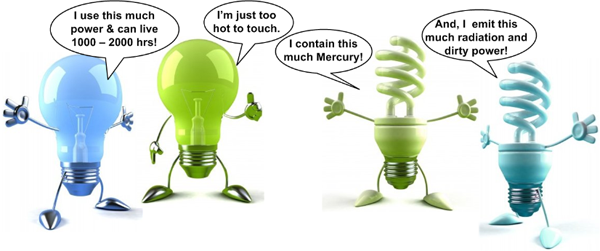Credit: JOE MAHONEY/TIMES-DISPATCH

Lois Fay, who has a disorder that makes her very sensitive to light, uses amber colored low-wattage bulbs in a heavily draped bedroom.
When she goes outside, Lois Fay puts on two pairs of sunglasses and a hat to avoid too much exposure to light, which can bring on migraines and nausea.
At home, she keeps the lights low.
“In my house, I have to use a dimmer bulb. The incandescent is a much friendlier light for me,” said Fay, of Henrico County. “I can tolerate it longer.”
Fluorescent bulbs can flicker, she explained, and “that flickering can cause migraines in people prone to migraines. And it can influence other medical conditions, too,” she said.
For that reason, Fay is particularly interested in a bill in the General Assembly that would allow companies in Virginia to continue to manufacture incandescent light bulbs for distribution in Virginia even with a federal prohibition on energy-guzzling incandescent bulbs.
The Virginia legislation was defeated in subcommittee Thursday, but it struck a nerve with Fay, who is worried about what changes in light bulb standards mean for people like her.
The federal Energy Independence and Security Act of 2007 does not ban all incandescent bulbs but does require them to be more energy efficient, according to the Environmental Protection Agency.
Most incandescent bulbs on the market now don’t meet those standards, so they are being phased out over the next few years as the new standards phase in.
Stores can sell existing inventory of incandescent bulbs. But a new 100-watt bulb, for instance, can use only 72 watts of energy to provide the same amount of light. The federal law does not require use of compact fluorescent bulbs. It also exempts some bulbs, including three-way bulbs, plant grow lights and refrigerator bulbs, from the new standards.
“That’s not what’s happened,” Fay said. “These CFLs are what’s taking over the market.”
The Virginia bill introduced by Dels. Robert Marshall and Beverly J. Sherwood sought to allow companies to apply for a license to manufacture incandescent bulbs in Virginia and for distribution in Virginia to make sure such bulbs remain plentiful and affordable and to protect Virginians from “risks associated with the use of light bulbs that provide poorer quality illumination.”
Fay said she contacted Marshall to alert him to another reason to make sure incandescent bulbs remain available — people like her who cannot tolerate fluorescent bulbs. “Of all the issues being discussed regarding this bill, no one seems to be concerned about the impact on the many who do not tolerate fluorescent or (compact fluorescent lighting),” Fay said. The bluish light and flickering can be hard on people with light sensitivity, she said.
“I have to use very warm lights in my house,” Fay said.
Researchers have examined compact fluorescent lighting in photosensitive people. Because such bulbs don’t put off much heat, people may use them closer than ceiling-mounted incandescent bulbs, suggested a 2011 study in the United Kingdom. “I want to be able to choose what kind of lighting I use so that I can be without painful eyeaches and headaches, nausea and agitation,” Fay said. “Light sensitivity is an issue with many disorders.”
tlsmith@timesdispatch.com (804) 649-6572


Thanks for your article on sim cards. I was reading a good post this morning http://ultravioletlightbulbs.org
and it seems to agree with you. Just makes you realize you gotta be careful.
Thanks